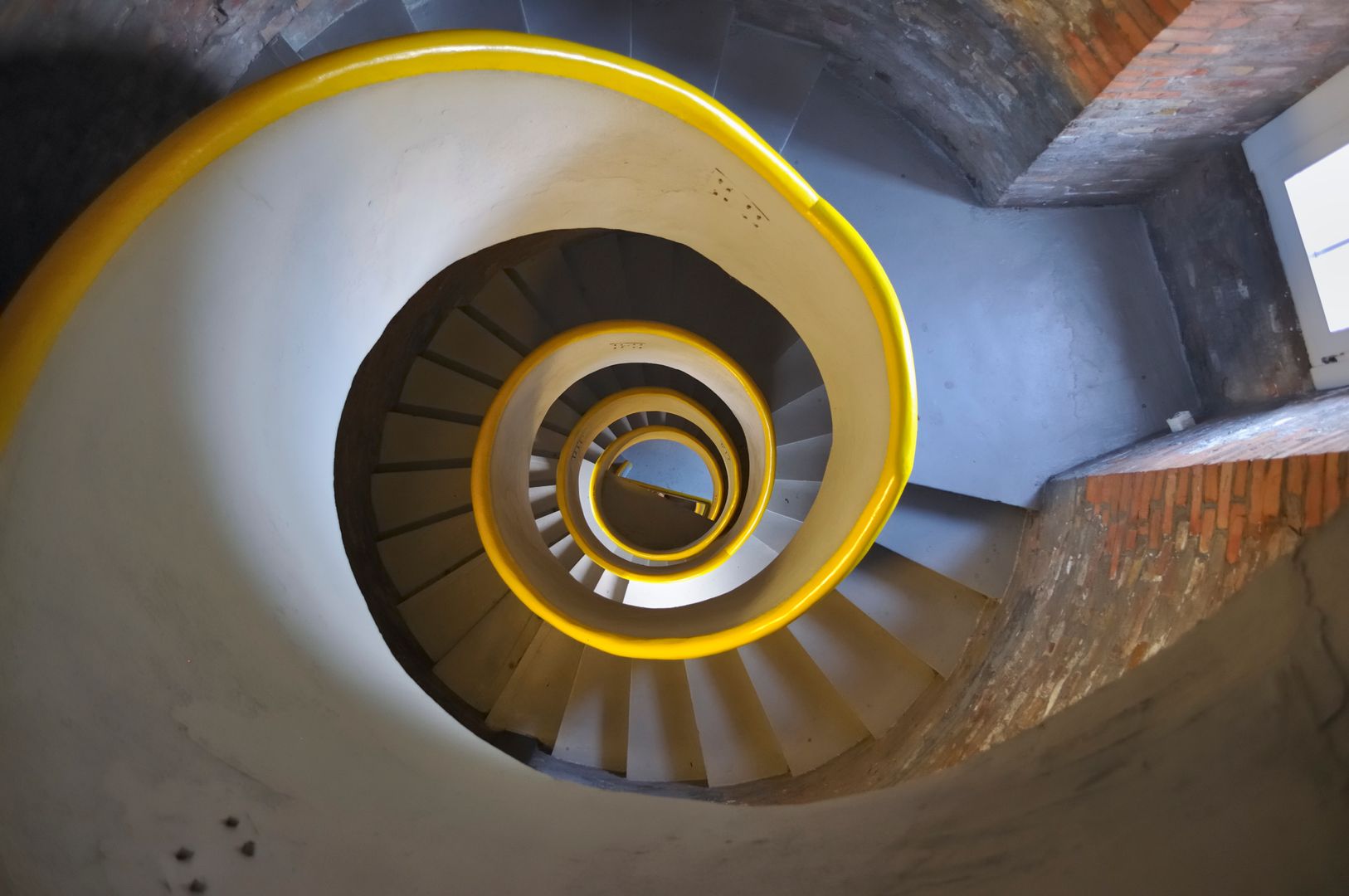Hel Lighthouse
7.18

Overview
The Hel Lighthouse, located at the tip of the Hel Peninsula in the Pomeranian Voivodeship, is a significant landmark on Poland's Baltic coast. Its architecture is distinctive – it takes the form of an octagonal tower made of red brick, reaching a height of 41.50 meters to the upper edge of the radar. The lighthouse, commissioned on August 1, 1827, after twenty years of construction, was the first lighthouse on Hel. Over time, it evolved technologically, transitioning from rapeseed oil lamps to electric light sources, and in 1938, a 3000 W lamp was installed. An interesting aspect is also its history: the original lighthouse was destroyed during World War II, and the new one, rebuilt after the war, retained its traditional functions of maritime signaling and vessel traffic monitoring, including the VTS Gdańsk Bay system. The lighthouse also witnessed significant historical events, such as an explosion in 1910 that claimed the life of a lighthouse keeper, and the decision to blow it up in September 1939 to hinder German artillery targeting. The Hel Lighthouse also serves a cultural role as a memorial site, where a plaque commemorating the visit of Marshal Józef Piłsudski is placed. From its terrace, a picturesque view of the Gdańsk Bay and other lighthouses unfolds, making it a popular tourist destination. Interestingly, since 1957, the lighthouse transmitted radio signals in Morse code, and since 1999, a plaque commemorating the Marshal has been in place, highlighting its importance in Polish history. In addition to its navigational function, the lighthouse is also an important logistical point for shipping, supporting the ports of Gdańsk and Gdynia, and is integrated into the automatic ship identification system. Since 2001, it has undergone various renovations to improve accessibility and preserve its historical character. The Hel Lighthouse is not only a significant navigational point but also a treasure trove of history, culture, and natural beauty, attracting both tourists and history enthusiasts.
Location
Tickets
Powered by GetYourGuide
2025 Wizytor | All Rights Reserved